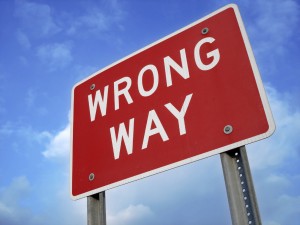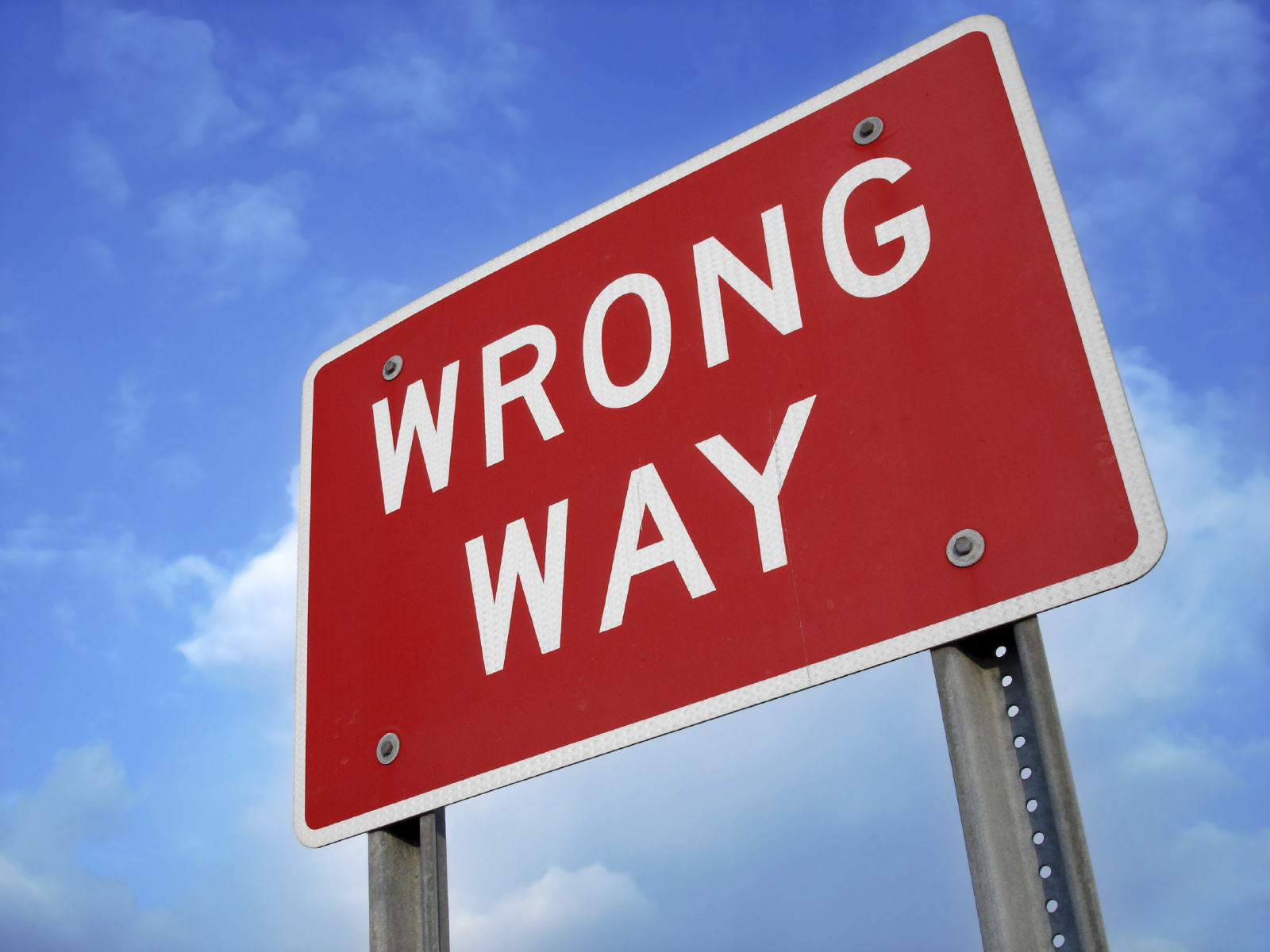This post has already been read 17368 times!
 John Hughes wrote and directed one of the best comedies of 1987. It was called “Planes, Trains and Automobiles” and it starred Steve Martin and the late John Candy.
John Hughes wrote and directed one of the best comedies of 1987. It was called “Planes, Trains and Automobiles” and it starred Steve Martin and the late John Candy.
Steve Martin plays Neal Page, a pragmatic and uptight advertising executive. John Candy – in what many believe was his best role – plays Del Griffith, an obnoxious, but big-hearted shower curtain ring salesman.
Both men are trying to get home for Thanksgiving when their flights are cancelled. Realizing that they are both headed in the same direction, they decide to team up to get home by alternate means. From this point on, everything that could possible go wrong does. And the fact that Neal and Del’s personalities clash doesn’t help the situation.
One particular scene is one of our all-time favorites. After a long day of driving a rented car, Del falls asleep at the wheel, gets turned around and ends up heading eastbound in the westbound lanes of a major interstate.
Both he and Neal are awakened by the horn of a very shocked eastbound traveler on the other side of the median. He motions for Del to roll down his window.
“You’re going the wrong way!” he screams.
After exchanging incredulous glances, Del asks Neal: “How would he know where we’re
going?”
We often think of this scene when we hear about retailers who are clearly headed in the
wrong direction with their supply chain planning.
You’re going the wrong way if:
- You aren’t working to have one forecast in the retail supply chain. The only thing you should be forecasting is store level consumer demand. All other supply chain plans can be calculated from that.
- You aren’t providing actionable information in the form of long-term visibility to your suppliers. That means at least a six month schedule of what you plan to buy and when for each item – no more, no less.
- You don’t place a high value on time. Unnecessary buffer time in the supply chain should be obliterated with extreme prejudice.
- You aren’t eliminating things that disrupt the natural flow of product. The supplier might be offering a great price to clear out his inventory, but make sure you consider all the costs of taking a big load of product before you need it.
- Your people are worried about “A” items instead of ones that are in exception status. ABC analysis was fine – before computers were invented.
- You’re sourcing a lot of supply from overseas to get a lower product cost without completely thinking it through. No question that there are many opportunities. But there’s a stiff price for being less flexible and maneuverable when trying to get product into your customers’ hands.
- You train your people on what to do, rather than education them on how to think. As competition gets worse (and it always does), creative thinking is the only way to make sure you’re at the right end of the food chain.
If you get a chance, grab a copy of Planes, Trains and Automobiles from your local video
store and laugh yourself silly.
But when the credits are over, take a serious look at how you’re planning your supply chain. We’d hate to see you end up like Del Griffith.
- Small Data, Big Insights - July 14, 2016
- Is Flowcasting the Supply Chain Only for the Few? - June 3, 2016
- Philosophy - February 12, 2016
